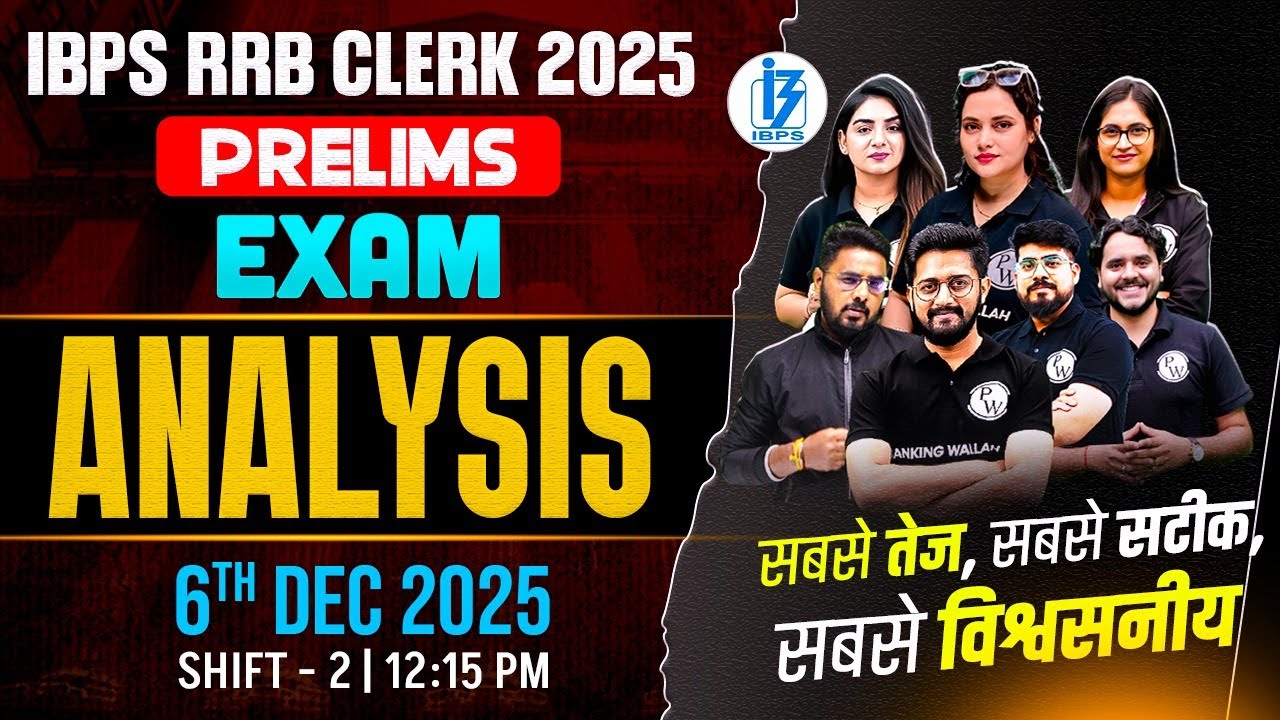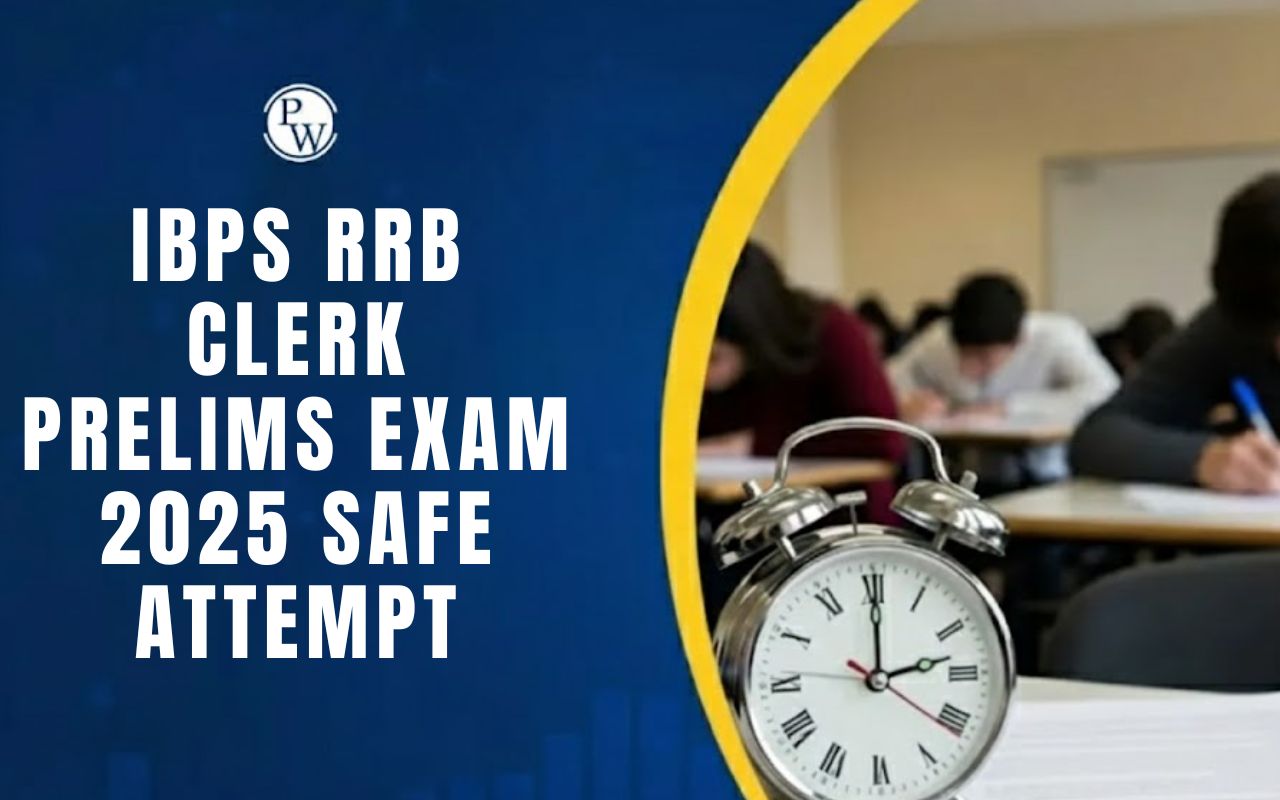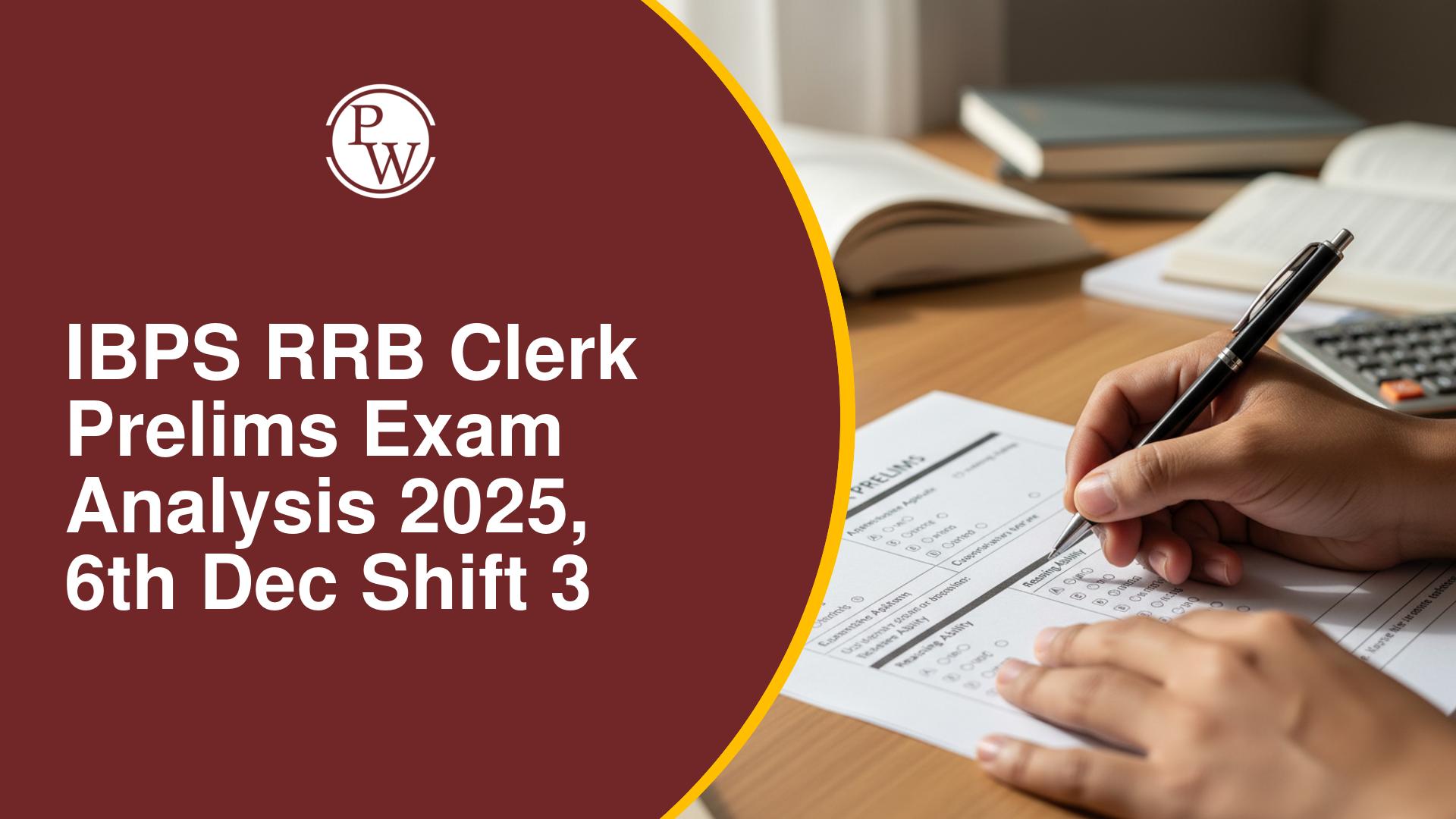
Percentage
The percentage topic is one of the most important and scoring topic in Quantitative Aptitude/Numerical Ability section which is asked in the prelims as well as mains examination of the banking exams like IBPS RRB PO and Clerk, IBPS Exams, SBI Clerk, SBI PO, RBI Exams, LIC, etc.
The percentage is one of the core topics which builds the base to learn other topics of quantitative aptitude.
Key Concepts of Percentage
In mathematics, a percentage is a value or ratio that can be represented as a fraction of 100. To calculate the percentage of a number, divide the part by the total and multiply by 100. Thus, a percentage signifies a portion out of every hundred. The term "percent" translates to "per 100" and is denoted by the symbol "%".
Fraction to percentage conversion:


Percentages have no dimension. Hence it is called a dimensionless number. If we say, 50% of a number, then it means 50 percent of its whole. Percentages can also be represented in decimal or fraction form, such as 0.6%, 0.25%, etc.
Percentage Formulas
To determine the percentage, we have to divide the value by the total value and then multiply the resultant by 100.

How to Calculate the Percentage of a Number?
To calculate the percentage of a number, we need to use a different formula such as:
P% of Number = X
where X is the required percentage.
If we remove the % sign, then we need to express the above formulas as;
![]()

Percentage Increase and Decrease:
The percentage increase is equal to the subtraction of the original number from a new number, divided by the original number and multiplied by 100.

So basically if the answer is negative then there is a percentage decrease.
Percentage Tricks
To calculate the percentage, we can use the given below trick
x% of y = y% of x
Example- Prove that 10% of 50 is equal to 50% of 10.
Solution- 10% of 50 = 5
50% of 10 = 5
Therefore, they are equal i.e. x % of y = y % of x holds true.
Percentage for IBPS RRB PO and Clerk
Our PW Faculty has come up with Percentage questions for IBPS RRB PO and Clerk Exam from basic to advanced covering concepts, formulas, tricks, examples, and previous year questions asked in the IBPS RRB Exam. The shortcuts of percentage are very useful in solving the data interpretation questions in Quantitative Aptitude which has a very major weightage of marks in the Banking Exam. The Percentage is highly scoring and easy to understand, click on the below-provided link to get concept clarity of Percentage in One Shot from basic to advance.
Weightage of Percentage Questions in Banking Exams
Percentage questions are a significant part of the quantitative aptitude section in banking exams. These questions test your ability to handle numerical data and understand proportions, which are crucial for various banking tasks.
Quantitative Aptitude Section:
-
The quantitative aptitude section typically comprises 35-40 questions in prelims and 40-50 questions in mains exams.
-
Percentage questions usually account for about 10-20% of the questions in this section.
Types of Questions:
-
Direct percentage calculations.
-
Increase and decrease in percentages.
-
Successive percentage changes.
-
Percentage-based problems in Data Interpretation (DI) sets.
-
Profit and loss, discounts, simple and compound interest, and ratio and proportion problems often involve percentages.
Example Exam Breakdown
Prelims Exam:
-
Total questions: 35-40
-
Percentage questions: Approximately 3-5
Mains Exam:
-
Total questions: 40-50
-
Percentage questions: Approximately 4-8
Percentage Examples



Percentage Solved Questions
Q1. When a two digit number is increased by 40% then the digit of the number is interchanged. Find the original number?

Q2. The number has increased by 130% of its original number. We will get 1150. Find the original number?

Q3. If the number is increased by 40% then, we will get 420. Find the original number?

Q4. 73 days are what percent of 5 years?

Q5. 60 paisa is what percentage of Rs. 2?

Previous Year Questions Of Profit and Loss Asked In Banking Exams
1. A number is increased by 20% and then decreased by 20%. What is the net percentage change in the number?
2. The population of a town increases by 10% every year. If the current population is 20,000, what will be the population after 2 years?
3. The difference between 75% of a number and 60% of the same number is 60. What is the number?
4. In an election between two candidates, one candidate gets 65% of the total valid votes. If the total votes are 6000 and 20% of the votes are invalid, what is the number of valid votes the other candidate gets?
5. A student scores 84 marks in an exam and fails by 16 marks. If the passing percentage is 40%, find the maximum marks.
6. The price of a laptop has decreased by 20%. If the new price is $800, what was the original price?
7. If the population of a town is 60,000 and it increases by 5% annually, what will be the population after 2 years?
8. A man spends 30% of his income on rent, 20% on food, and 10% on travel. If he saves $700 per month, what is his monthly income?
9. A company's total expenditure on salaries is $60,000 per month. If the company wants to increase salaries by 10%, what will be the new monthly expenditure?
10. A person spends 25% of his monthly income on rent, 15% on groceries, and 10% on utilities. If his total expenditure is $1500, what is his monthly income?
Percentage Questions for Bank Exams FAQs
Q1: Why are percentage questions important in banking exams?
Q2: What types of percentage questions can I expect in banking exams?
Q3: How should I prepare for percentage questions in banking exams?
Q4: Are there any shortcuts for solving percentage problems quickly?
Q5: How can I improve my accuracy in solving percentage questions?







